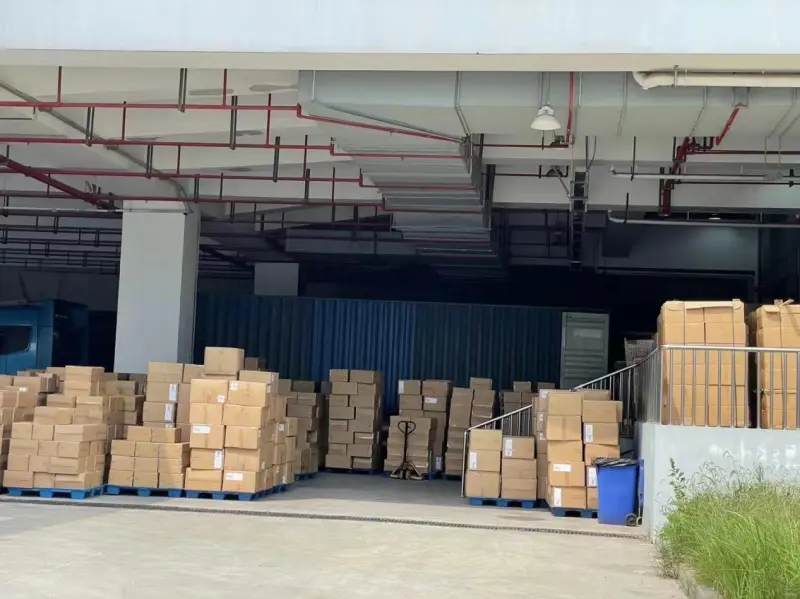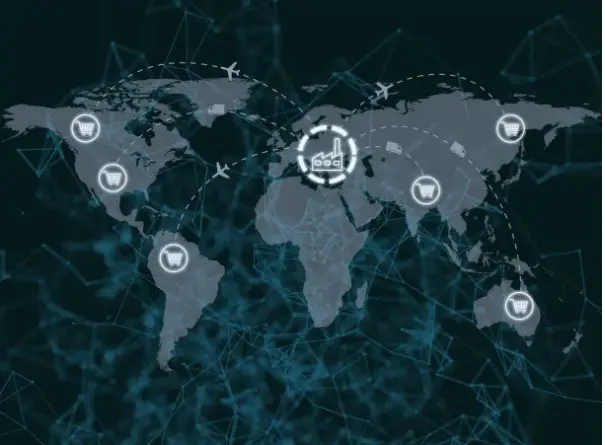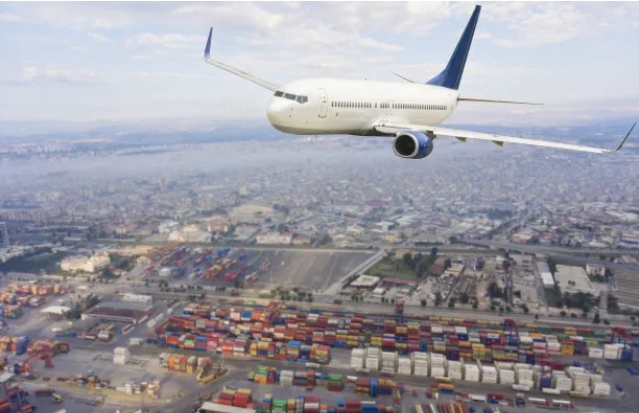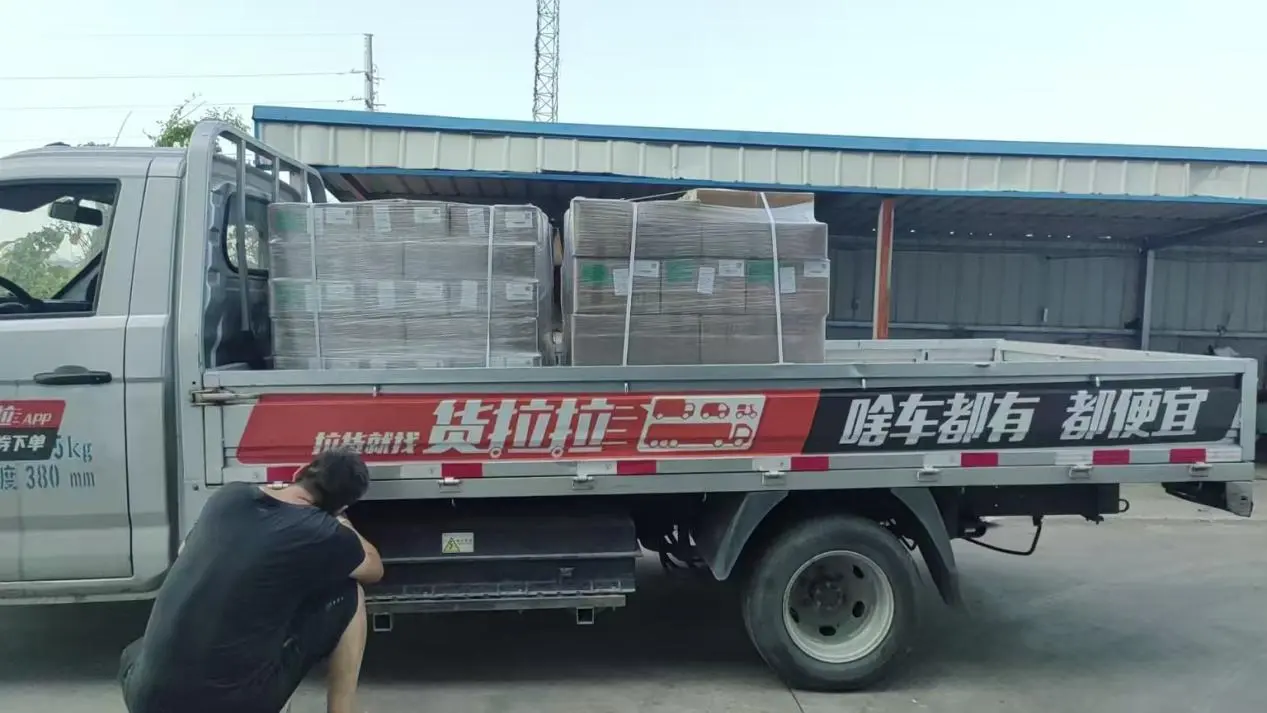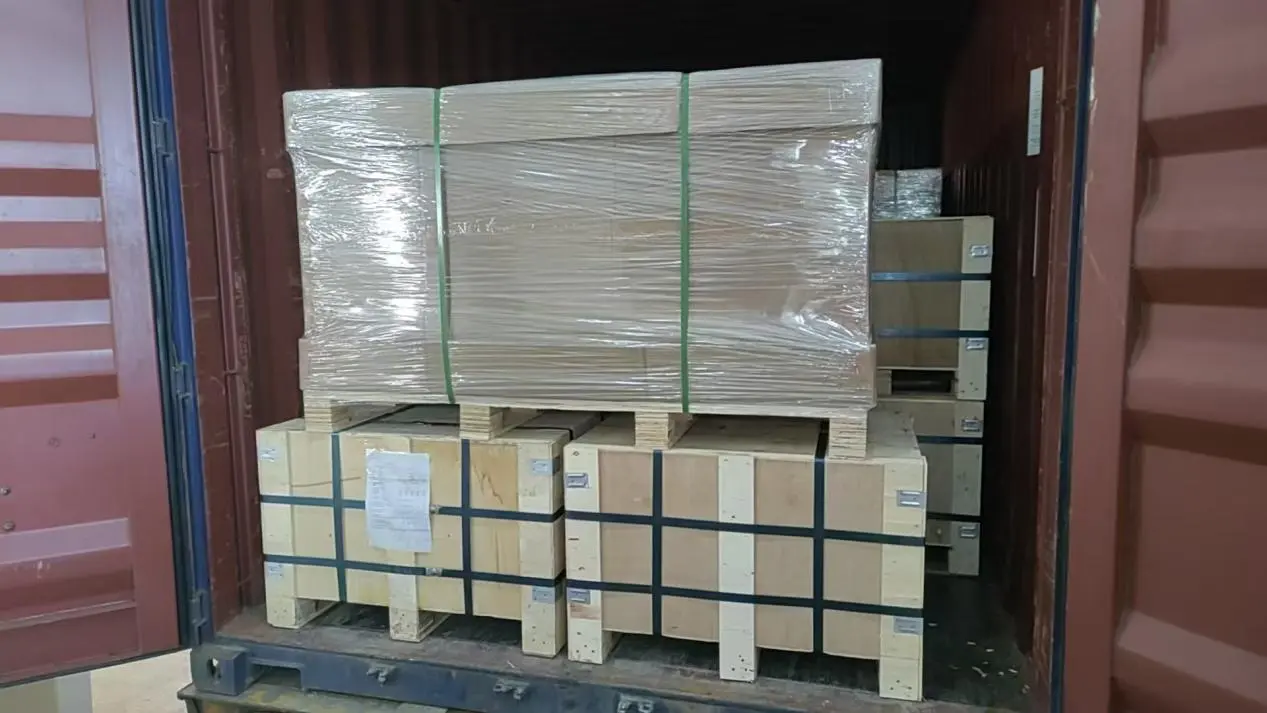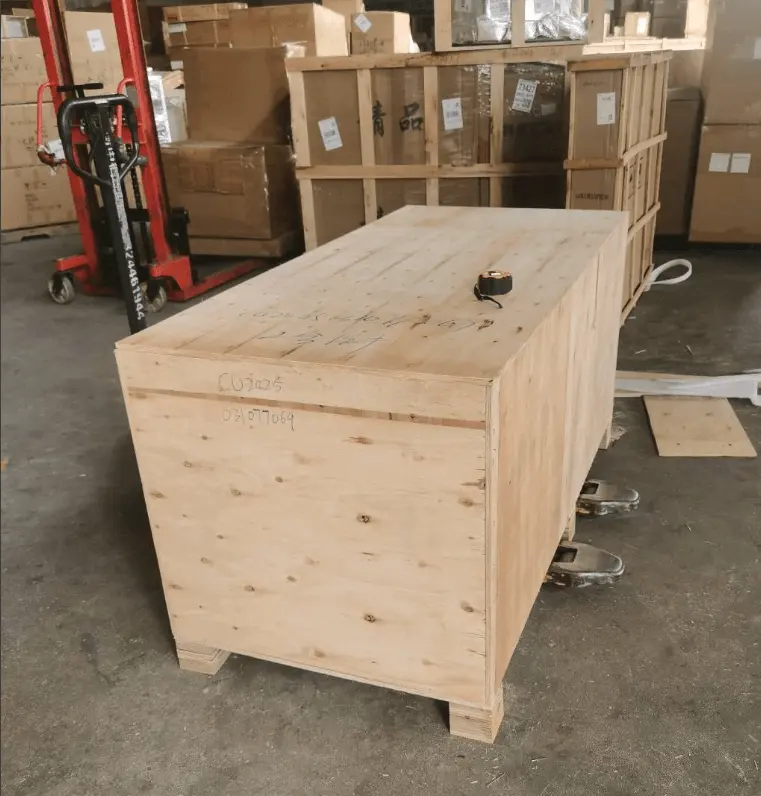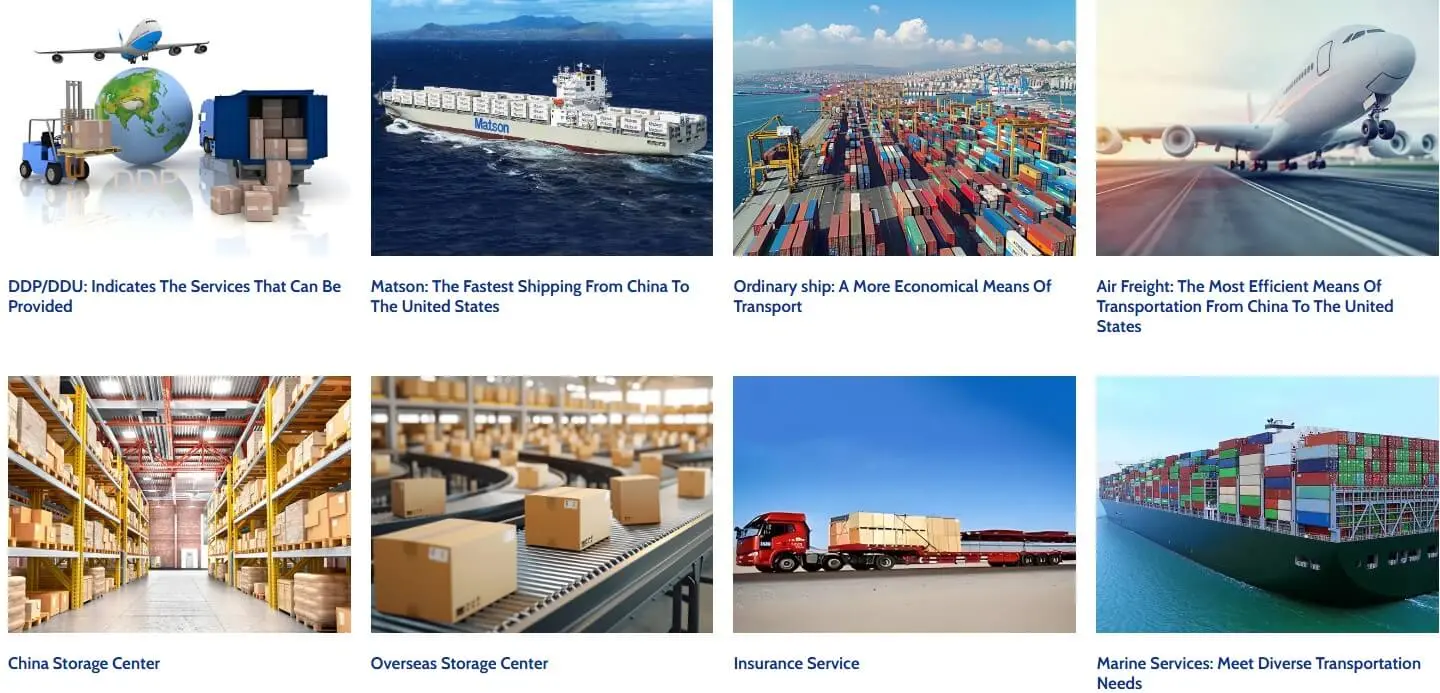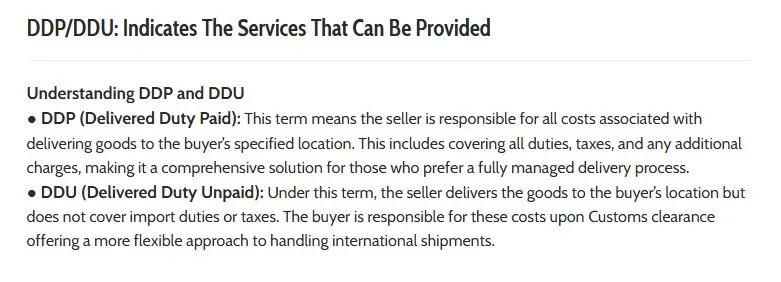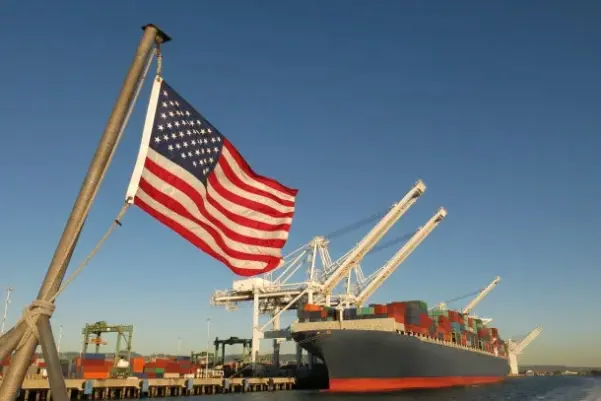The cost of cargo shipping in the United States will skyrocket in January 2025
Starting on New Year's Day 2025, suppliers and cargo forwarder in China, as well as businesses in the United States, should prepare for a significant increase in freight rates. According to the report, shipping costs from China to the western United States will increase by $6,000, while shipping costs to the eastern United States will increase by more than $7,000. The sharp rise in cargo shipping costs is expected to have a profound impact on the economy, affecting everything from retail prices to cargo freight forwarder logistics.
The increase in transportation costs can be attributed to a variety of factors, including higher fuel prices, increased demand for commodities, and ongoing disruptions in global supply chains. As the world continues to recover from the effects of the COVID-19 pandemic, demand for imported goods has surged, putting additional pressure on route and logistics providers. Geopolitical tensions and trade policy could also lead to higher costs. China is about to usher in the New Year, the factory will gradually stop production, suppliers need to ship as soon as possible. In order to seize this opportunity, shipping companies directly announced a rise in freight rates. Tariffs and regulations under Trump could further complicate the shipping process.
For businesses, a spike in transportation costs could mean higher prices for consumers, as businesses may be forced to pass on the increase. Retailers, manufacturers and e-commerce platforms will need to re-evaluate their pricing strategies and supply chain operations to mitigate the impact of these changes. In addition, as the cost of imported goods rises, consumers may need to adjust their buying habits.
Shipping costs from China to the United States are expected to increase from January 1, 2025, which is a wake-up call for businesses and consumers alike. As the global trade landscape continues to evolve, staying informed and adaptable will be critical to meeting the challenges ahead.










